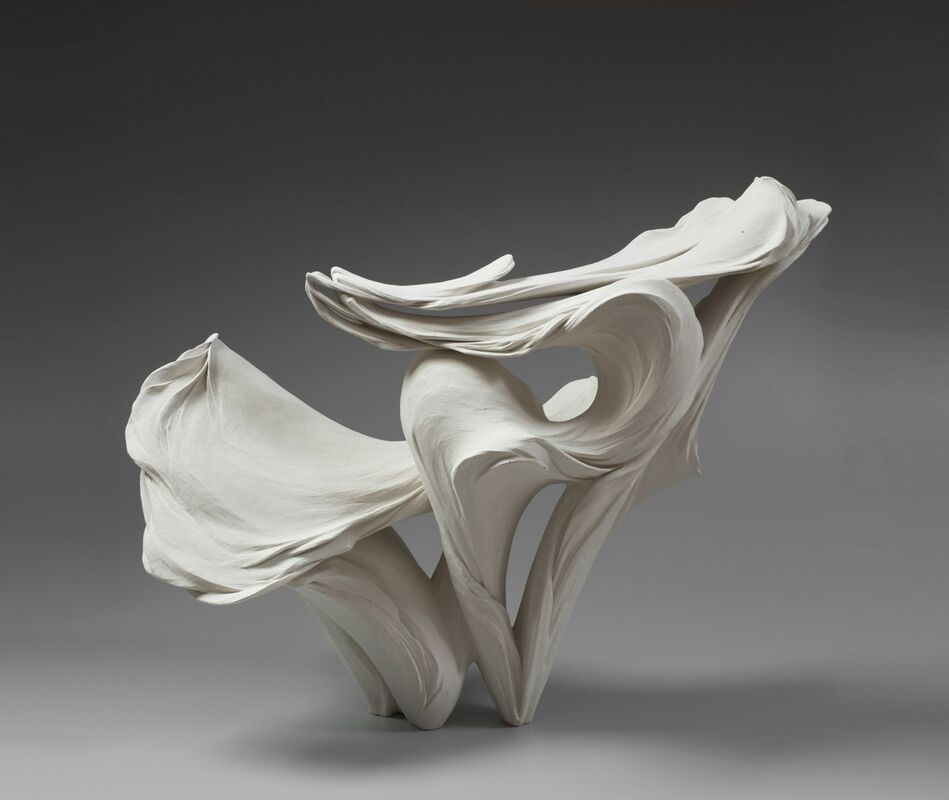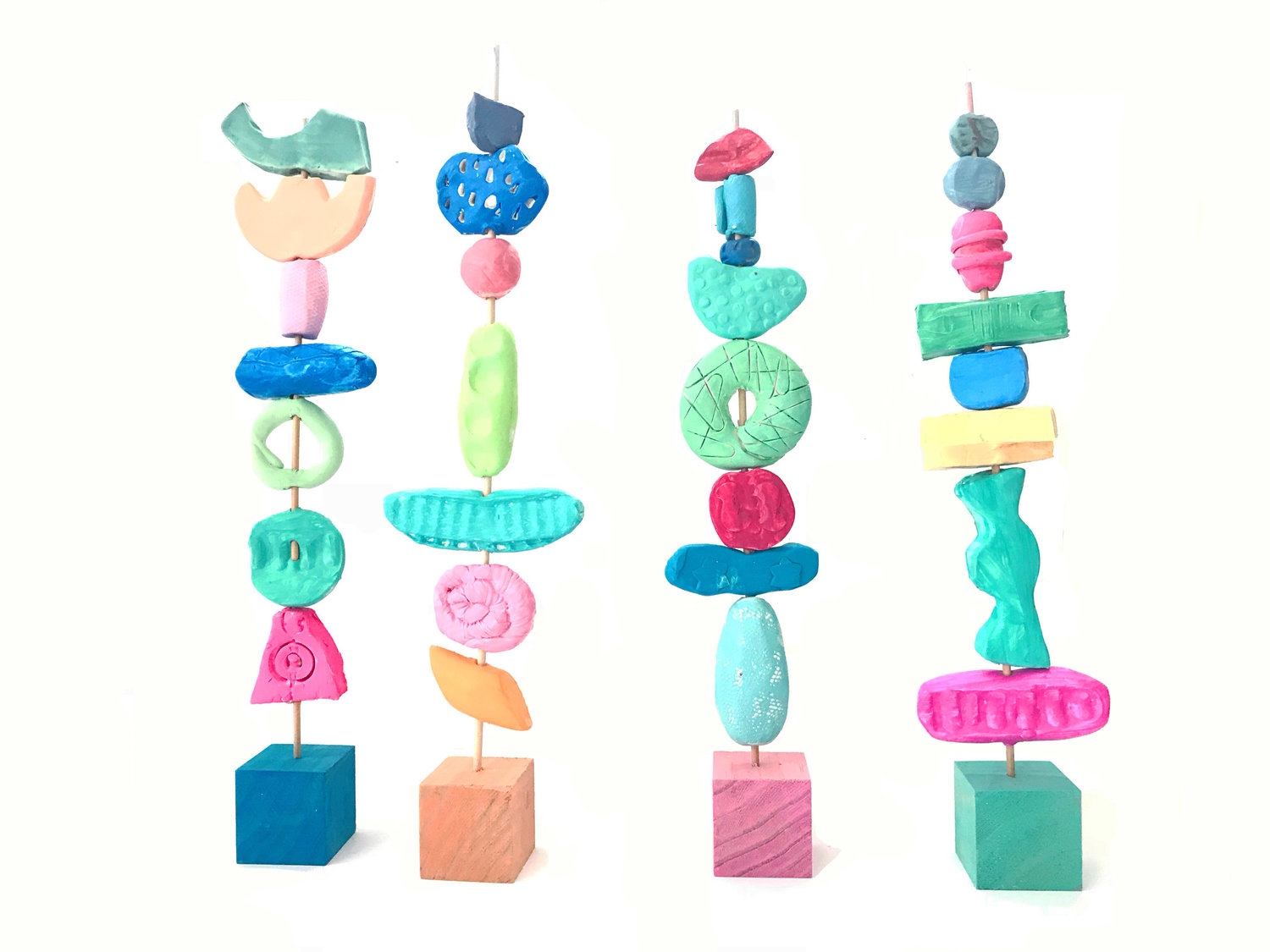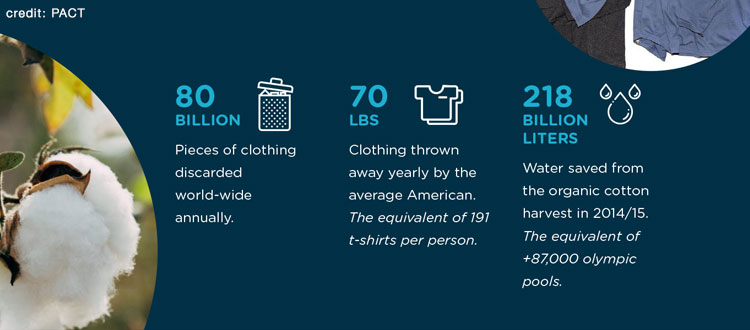The Timeless Art and Science of Clay
Clay has held an important place in human civilization for thousands of years. Its remarkable versatility and accessibility have made it a vital material for creation in various cultures around the world. From forming essential items like pottery and bricks to intricate sculptures and decorative items, clay serves as both a utilitarian resource and a medium for artistic expression. This fascinating substance's unique properties make it an enduring favorite for both amateur and professional artists alike.
The Characteristics of Clay
Clay is a naturally occurring material composed primarily of fine-grained minerals which are typically found in riverbeds, lakes, and geological deposits. It can exhibit a wide range of colors, from earthy reds and browns to vibrant yellows and blues, depending on its composition and the type of metal oxides present in it. The primary components of clay include minerals like kaolinite, smectite, and illite, which contribute to its plasticity and elasticity when mixed with water.
Plasticity, or the ability to be molded and shaped, is one of the defining characteristics of clay. This property arises from the flat, plate-like structure of clay particles that slide over one another easily when wet. This quality makes clay a perfect medium for shaping by hand, on a potter's wheel, or through industrial processes.
Another important characteristic of clay is its ability to harden when heated. The process, commonly known as firing, transforms the soft, malleable clay into a rigid, durable material, often referred to as ceramic. This transformation occurs at high temperatures and can result in varying degrees of strength and hardness depending on the clay type and firing conditions.
The History of Clay Use
The use of clay dates back to prehistoric times when early humans discovered its unique properties. Archaeological evidence reveals that clay was used for making simple vessels and figurines as far back as 24,000 BC. As civilizations evolved, so did the sophistication of clay objects. Ancient cultures, such as those of Mesopotamia, Egypt, China, and the Americas, developed advanced pottery techniques, creating items that were not only functional but also aesthetically pleasing.
In ancient Egypt, clay was used extensively for crafting pottery, sculptures, and even architectural structures like bricks. The Egyptians were among the first to develop glazing techniques, which enhanced the decorative appeal and functionality of their pottery. In China, clay played a crucial role in the production of porcelain, a highly regarded form of pottery known for its strength and delicate beauty. Porcelain's origins date back to the Tang Dynasty (618–907 AD), and it remains highly prized worldwide to this day.
The significance of clay is also evident in ancient Mesopotamia, where it was used for record-keeping in the form of cuneiform tablets. The malleability of clay allowed for the detailed inscriptions of cuneiform script, making it an invaluable resource for one of the earliest known systems of writing.
The Modern Appeal of Clay
In contemporary times, clay continues to captivate artists and craft enthusiasts alike. Its tactile nature allows for direct interaction, providing an immediate and satisfying sense of creation. Many artists are drawn to clay because of its humble origins and the endless possibilities it offers. From functional wares to abstract sculptures, clay serves as a vehicle for artistic exploration and expression.
The revival of interest in handmade and artisanal products in recent years has also fueled the popularity of pottery and ceramics. Workshops and pottery classes are now widely available, allowing people of all ages to experience the joys of working with clay. The therapeutic nature of shaping clay with one's hands serves not only as a creative outlet but also as a means of relaxation and stress relief.
Additionally, technological advancements have opened up new possibilities for working with clay. Innovations such as 3D printing have enabled artists and designers to create complex structures that were previously unimaginable. These advances have expanded the boundaries of what can be achieved with clay, introducing it to a new audience and ensuring its relevance in the digital age.
Clay, with its rich history and endless possibilities, remains a timeless material that continues to inspire and connect people across generations. Its contributions to culture, art, and even technology make it a fundamental and ever-evolving element of human creativity and ingenuity.
The Science Behind Clay
Understanding the science of clay involves exploring its mineralogical and chemical properties, which give this material its unique characteristics. As previously mentioned, clay primarily consists of minerals such as kaolinite, illite, and smectite, which belong to a group called phyllosilicates. These minerals have layered structures, allowing them to absorb water and become plastic. This plasticity is a critical feature that enables clay to be molded into various shapes and forms.
When clay dries, the water trapped between these layers evaporates, causing the clay particles to draw closer together. This reduction in distance increases the clay's strength slightly, but it's the process of firing that truly transforms it. During firing, several physical and chemical changes occur. The water molecules are driven out, and as the temperature rises, chemical reactions form new mineral phases, such as mullite in the case of high-temperature-fired kaolinite. These changes lead to sintering, where particles fuse together to create a dense, hard material.
Clay's ability to vitrify is another essential trait. Vitrification refers to the process of clay becoming glass-like, which occurs at higher temperatures. As the clay goes through this transformation, it becomes less porous, increasing its strength and making it impervious to liquids. This property is crucial for creating functional wares such as bowls and mugs, which need to hold liquids without leaking.
Types of Clay and Their Uses
Clay comes in many varieties, each with distinct properties that make them suitable for different applications. The three main types of clay are earthenware, stoneware, and porcelain, with each finding its niche based on its qualities.
1. **Earthenware* This type of clay is known for its porous nature and relatively low firing temperature, typically between 1000°C and 1150°C. Earthenware is characterized by its rich, warm colors ranging from reds and oranges to browns. It remains somewhat porous even after firing, and it often requires a glaze to hold liquids effectively. Its accessibility and ease of use make it a popular choice for beginners and those creating decorative items or garden pots.
2. **Stoneware* Stoneware is a denser, more durable form of clay that fires at higher temperatures, usually between 1200°C and 1300°C. It vitrifies during firing, resulting in a non-porous, hard surface that does not require glazing to be waterproof. Stoneware is favored for household items like dishes and mugs due to its robustness and solidity. Its color palette typically includes natural grays or buff tones.
3. **Porcelain* Known for its fine texture and white color, porcelain is the most sophisticated and challenging type of clay to work with. It requires high-firing temperatures, about 1300°C to 1400°C, which allows for complete vitrification. The result is a very hard, translucent surface that is ideal for creating delicate and intricate designs like fine china and art pieces. Porcelain's beauty and strength make it highly desirable, though it demands skill and expertise to manipulate.
In addition to traditional applications, clay is now being utilized in innovative ways across various industries. For example, in modern construction, clay-based materials are used for eco-friendly building solutions. Clay bricks and tiles are valued for their insulative properties and durability, contributing to energy-efficient housing.
Environmental Considerations and Sustainability
The extraction and use of clay have environmental implications. Mining operations can disrupt habitats and ecosystems if not managed responsibly. Moreover, the firing process of clay requires significant energy, contributing to carbon emissions. However, the inherent durability and longevity of clay products often offset their environmental impact over time.
In response to these concerns, many artists and manufacturers are embracing sustainable practices. For instance, recycling scrap clay and using local materials minimize the ecological footprint. Energy-efficient kilns and alternative firing methods, like solar-powered kilns, are becoming more prevalent, further reducing the carbon footprint of clay production.
Additionally, traditional firing techniques, such as those used in various indigenous cultures, often involve lower temperatures and community-based firing events, connecting people with cultural practices and environmentally friendly methods. Such approaches ensure that clay continues to be a sustainable choice for centuries to come.
Conclusion of the Second Part
Clay's role in human history is a testament to its remarkable versatility and enduring appeal. Its unique properties have enabled its use in art, architecture, and everyday wares and continue to inspire innovation and creativity today. As we become more conscious of environmental impacts, integrating sustainable practices within the field of clay production is crucial to preserving this timeless art for future generations. The balance between tradition and innovation ensures that clay remains a cherished and indispensable part of our collective cultural heritage.
The Cultural Significance of Clay
Across the globe, clay holds profound cultural and historical significance. It is deeply woven into the fabric of societies, not only as a material but as a symbol of identity and tradition. Many indigenous cultures view clay as a sacred element, stemming from the earth itself, and forming a bridge between past and present generations.
In indigenous North American communities, for example, pottery making is more than a craft; it is a ceremonial act that maintains cultural continuity. The techniques and designs used in creating clay vessels are passed down through generations, with each piece telling stories of ancestry and cultural values. Similarly, in African cultures, clay is often used in rituals and as a storytelling medium, with patterns and forms that convey moral stories or traditional narratives.
The Japanese art of pottery, including the renowned raku and shino ware, reflects a deep respect for natural materials and craftsmanship. The wabi-sabi philosophy, which finds beauty in imperfection and impermanence, is manifested in Japanese pottery, where each handcrafted item carries a unique character. This reflects an appreciation for the natural world and a celebration of the maker's hand in creating functional art.
As society continues to evolve, many artists globally are working to preserve these traditions while also pushing boundaries and exploring new cultural narratives through clay. This ensures that clay remains a vital component of cultural expression, helping to foster a sense of community and continuity even amidst ongoing changes.
Exploring New Horizons with Clay
The contemporary art scene has embraced clay with open arms, leading to a renaissance in the way this ancient material is perceived and utilized. Artists are increasingly challenging traditional boundaries, merging craft with fine art and experimenting with new techniques and concepts.
Art installations using clay have emerged in various public spaces, offering interactive experiences that invite audiences to engage with art in novel ways. These installations can range from giant sculptural forms to immersive environments, demonstrating clay's capacity to evoke emotional responses and stimulate dialogue around important societal themes.
Furthermore, the integration of digital technology with ceramics has opened up new frontiers. Processes such as 3D printing allow for the creation of complex, intricate designs that were once impossible to achieve by hand. This fusion of technology and craftsmanship has resulted in a new wave of contemporary clay art that challenges perceptions and showcases the endless possibilities of this medium.
Designers are also finding new applications for clay in fields such as architecture and interior design. The use of advanced techniques enables architects to incorporate unique, customized ceramic elements into buildings, thus harmonizing with natural surroundings while also enhancing aesthetic appeal.
The Future of Clay
The future of clay art and industry seems as expansive as its history is rich. As we look ahead, sustainability and innovation will likely be at the forefront of its evolution. With growing awareness of the need for environmentally responsible practices, the clay industry is poised to adapt and innovate.
Research into alternative, low-impact firing techniques and sustainable clay harvesting methods continues to gain momentum. There's also an increasing focus on developing energy-efficient kilns and exploring natural, local sources of clay to reduce transportation emissions.
Moreover, the global community of clay artists and enthusiasts is rapidly expanding, aided by online platforms and social media. These platforms facilitate the sharing of knowledge and creative practices, connecting artists across the world. As a result, new ideas and collaborations are constantly emerging, pushing the boundaries of what can be achieved with clay.
The educational side of working with clay is also evolving. Schools and workshops are not only teaching traditional pottery techniques but are also incorporating modern ecological perspectives and digital technologies into their curricula. This holistic approach ensures that future generations of artists are well-equipped to continue exploring clay's potential while respecting its origins and impact on the planet.
Conclusion
Clay truly represents the intersection of art, history, culture, and science. Its ability to shape societies and inspire creativity is unmatched among natural materials. From ancient pottery to cutting-edge architectural designs, clay is a medium that provides an unparalleled range of expression and functionality. As we continue to explore and innovate, the potential for clay to enrich our world remains limitless. By honoring its past and embracing its future, clay's legacy is sure to endure, evolving hand in hand with human ingenuity and cultural appreciation. Through clay, we connect with our past, create in the present, and innovate for the future—a testament to the enduring power of this extraordinary material.









,regionOfInterest=(1662.5,1771.5))















Comments